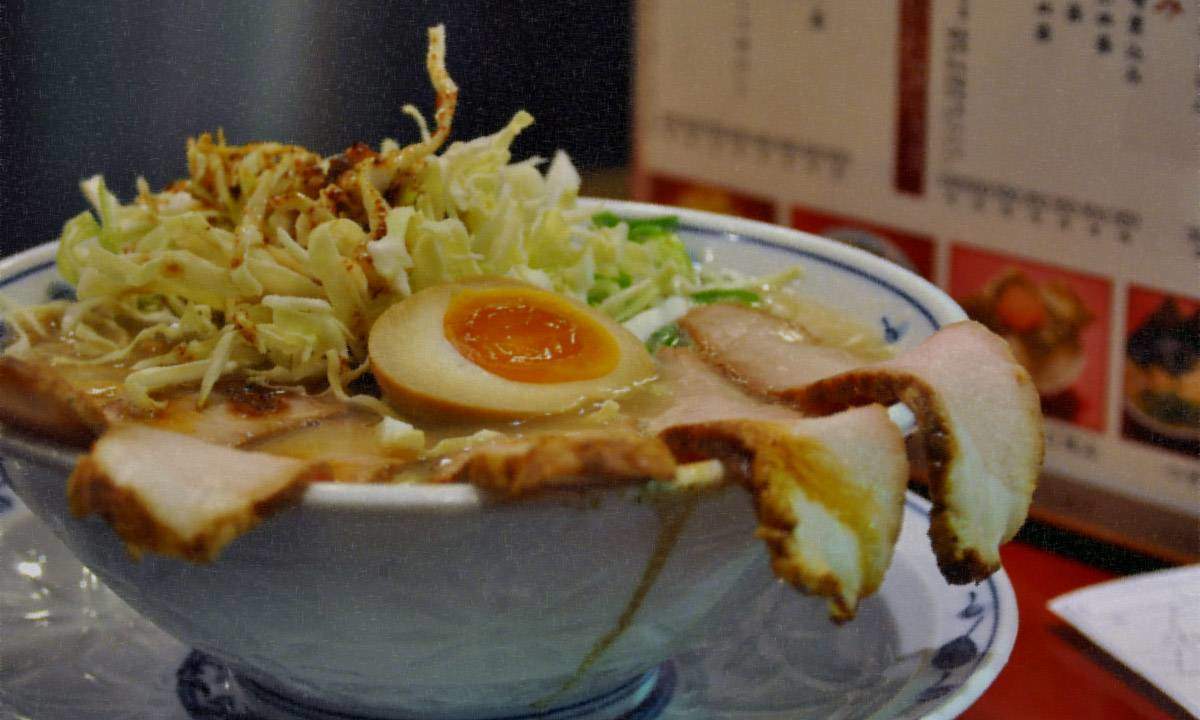There’s a joke told among expats in Japan that newcomers deem themselves experts in the enigmatic country after a week and write a book about it after a month. The library is filled with these books. Dave Barry has one. So does Will Ferguson.
Add another title to the list, Michael Booth’s Super Sushi Ramen Express: One Family’s Journey Through the Belly of Japan. The author freely admits that before he embarked on his three-month odyssey, he had “no definable image of Japan beyond the clichéd cinematic polarities of Lost in Translation and Kurosawa.”


By Michael Booth
Picador
336 pp.
September 6, 2016
But rather then another excited newbie explaining the complicated and ancient country to the uninitiated, this book fills a niche that elevates it from your average Japan-logue. A Cordon Bleu-trained chef, the author seeks to explore and demystify the Japanese culinary tradition, one of the most refined, fascinating and delectable of the world’s cuisines.
Employing a breezy, humorous style reminiscent of Bill Bryson, Booth is at his best when writing about food. His humorous flourishes sag a bit when he writes about his two young sons and wife, whom he dutifully includes in the narrative as often as possible even though, being picky eaters, they don’t contribute much to his mission.
His food adventures are entertainingly informative, and no doubt even the hoariest Japan-hand could learn a thing or two from him. In pursuit of the secrets to umami, the foundational taste of Japanese food, Booth visits the Ajinomoto MSG headquarters in Tokyo. Other destinations include the town of Yaizu, famed for its katsuoboshi, the fermented fillets of bonito fish that look like “fossilized banana” and are a key ingredient in dashi, which is to Japanese chefs what butter is to the French; Minamikayabe-cho in Hokkaido, where the other dashi ingredient, konbu (a seaweed), is harvested; an artisanal miso factory in Osaka; and a Kikkoman soy sauce factory in Noda. Along the way, Booth provides ample data on the considerable health benefits of food flavored with umami, purported to boost longevity by doing everything from lowering cholesterol to reducing rates of cancer.
As promised by the title, the two most famous Japanese food exports, sushi and ramen, get due deference. Sushi, of course, garners the most attention. Booth makes the obligatory visit to Tokyo’s famed Tsukiji fish market, “the world’s greatest aquarium,” where he learns that the Japanese, and indeed the world’s, taste for fatty tuna, “considered fit only for cat food” until the 1960s, has led to the overfishing and possible disappearance of wild stocks. He takes a class in making sushi where, surprise, surprise, he makes “an almighty hash” of things. (The bumbling foreigner is a staple of the Japanese travelogue.) Delving into the origins of sushi, Booth seeks out a restaurant in Kyoto that serves the “historic, hard-core, übersushi” saba-zushi, prepared with pickled fish, as was done in pre-refrigeration days. He and his family enjoy kaiten (conveyor-belt) sushi and sample the raw flesh of everything from whale to the potentially deadly fugu (puffer fish).
Ramen, as Booth points out, is a Chinese import, though the soup as we know it today does not exist in China except for in tony Japanese restaurants. (Strangely, he gives that other toothsome Japanese noodle, udon, short shrift.) He samples the addictive dish in places ranging from Sapporo, in the north, to Fukuoka, in the south—two of the best cities for ramen, each with their own distinctive broths and toppings—and all points in between. He perfectly captures the often grubby restaurants where customers noisily slurp their soup standing at a counter, and the near ecstatic experience a good bowl of ramen can deliver. “It was porky; mildly greasy in a satisfying way; incredibly salty and garlicky; with the chilled butter and corn a shock to the palate amid the piping-hot soup. The spring onion gave it a welcome acidity, and the chili oil a lingering masochistic pleasure. I tell you, that soup had it all.”
Booth also investigates iconic Japanese foods such as tempura, wagyu beef, okonomiyaki, and takoyaki. In Kyoto, he eats kaiseki, the extremely elegant multi-course meal that is a feast for both the eyes and senses, reflecting the season and emphasizing the freshest ingredients. In Okinawa he waxes ecstatic over the local purple-fleshed sweet potato. In the shadow of Mt. Fuji he is taken to the secret paddies of a wasabi farmer, and later enjoys a meal centered around the “bona fide superfood.” He eats in invitation-only restaurants and hole-in-the-wall joints, and each and every meal is delicious. This is not propaganda. As long as you avoid chain restaurants, it is virtually impossible to have a bad meal at a restaurant in Japan.
The narrative falters with cute anecdotes about his wife and two sons and the use of manufactured drama to spice up descriptions of otherwise bland outings. Booth trips up on his history, asserting, for example, that Kobe was the only port accessible to foreigners from 1868-1911, ignoring the other open port cities of Nagasaki, Hakodate, Niigata and Kanagawa. His attribution of a neighbor’s stink eye to the right over left folding of his yukata gives him a chance to show off his cultural knowledge, but it’s more likely the neighbor was silently chastising him for ignoring Japan’s notoriously finicky garbage disposal rules. He also occasionally stoops to perpetuating stereotypes, such as gloating over how tall he is compared to the rest of the population (while it is true those who suffered through WWII and the difficult postwar era were short, in ensuing years the Japanese population has been gaining height), and uses the unfortunate adjective “inscrutable” several times.
For anyone who has eaten mediocre supermarket sushi, tempura that resembles a corn dog, or instant ramen in a foam cup, and wonders what all the fuss over Japanese food is about, this book will be a revelation. For those who have been lucky enough to eat sushi in the motherland, it will be both a nostalgia tour and an education, and is likely to result in a gluttonous meal at a favorite Japanese restaurant. For all of the above, there’s a new worthwhile read in the travel-foodie pantheon.
Flung uses affiliate links in this article.
Feature photo by Lim Ashley.






